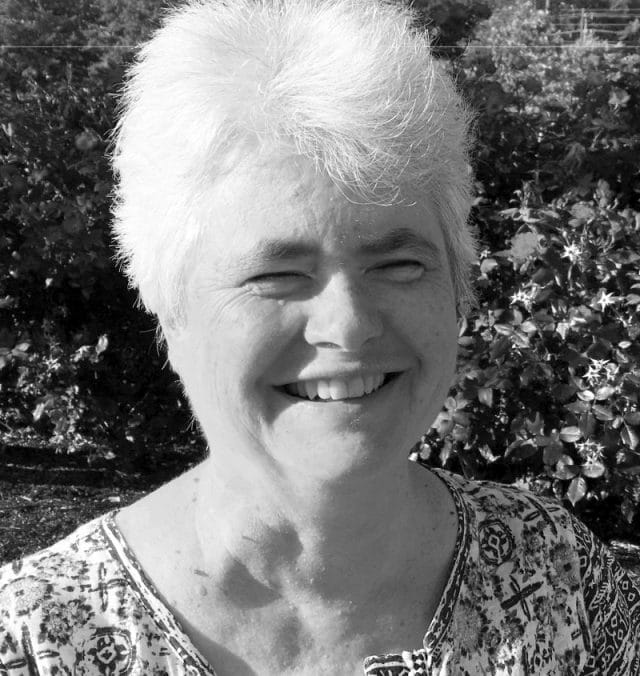
More Complementary Health Articles
Cultivating an Inner Awareness of Movement Through the Feldenkrais Method
Taking group classes or private sessions in the Feldenkrais Method® is a way to cultivate listening to yourself. We are used to listening to what is outside. This is an opportunity to listen to what is inside.
Since meditation is also a way to listen inside, Feldenkrais can be characterized as meditative movement. It has no religious affiliation, but if you have a spiritual practice, you are likely to find a resonance.
The focus is paying attention.
The creator of the method, Moshe Feldenkrais (1904 –1984) said this about the central principle:
“You see, it is not important if you do well, or not well. It is important, if you pay attention. It makes all the difference when you pay attention. That means, it improves, and by way of this, a person can distinguish better. But, if he begins to do an action and does not check, the movement can continue a hundred times and stay the same. So, the attention, the checking, is more important than the movement. The movement is just a means to teach the person to feel, to distinguish, and to check because this is what makes the difference.”
Feldenkrais invented hundreds of movement sequences, which he termed lessons. Each lesson explores a particular theme. All possible situations are used, including standing, kneeling and sitting, but lying down is very common. Some of these themes include, while lying down: turning the head, raising the arms, rolling over, and arching the back. In any lesson some of the moves will feel familiar, and others distinctly not.
The subject of paying attention leads naturally to the question of consciousness. The instinctive functions of the body, such as breathing, heart rate, and maintaining uprightness, proceed without conscious attention. This is, of course, a good thing. The motor habits of the body, by contrast, have to be learned, and then they, too, proceed without input from consciousness.
This arrangement is necessary. But there is also the drawback that habit can become the master, instead of the servant. One of the goals is to restore awareness and intention to their places of primacy in the leadership of the person. This is, for many people, a way to reduce pain, restore function and expand horizons.

















